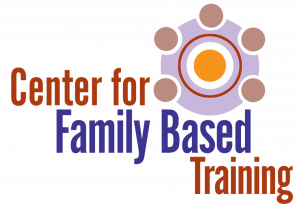Systems theory informs case conceptualization and practice, not only in EcoSystemic Structural Family Therapy (ESFT) but in all models of family therapy. Systems theory directs therapists to focus on the social context and interactions between people in the family and the larger ecosystem. Therapists who are new to systems thinking often struggle with making the shift from a more linear perspective which privileges an individual's intrapsychic dynamics or behavior over that of the relational context. This course is designed to facilitate this shift for therapists new to family therapy by clarifying the elements of systemic and nonsystemic treatment mindsets.
1.0 Hours CE Credit
- Teacher: C. Wayne Jones, PhD
This course is an initial orientation to the ESFT clinical model for therapists providing intensive, in-home family treatment to children with SED and their families. The ESFT model is placed in a historical context and an overview of the model is provided. Because systems theory is at the core of ESFT case conceptualization and practice, several webinars in this course are devoted to describing in detail the nature of a systemic mindset and what makes it distinctive from other clinical perspectives. Many of the basic concepts used in ESFT are introduced in order to help therapists become familiar with the language of the model.
2.0 Hours CE Credit
- Teacher: C. Wayne Jones, PhD
This four-part webinar series provides an introduction to attachment theory and how it can be applied to the family treatment .of children and adolescents with serious social and emotional issues. It is comprised of four modules. The first describes the role of an attachment focus in the operationalized version of ESFT and identifies clinical competencies involved in helping caregivers become a more reliable source of emotional support to their children. The second webinar describes the nature of attachment problems. In the third webinar, the attachment system and how it creates an internal working model is explained. The fourth webinar describes the nature of secure attachments, with a particular emphasis on how the concepts of attunement and intersubjectivity can be utilized to deepen therapeutic relationships
6.0 Hours CE Credit
- Teacher: C. Wayne Jones, Ph.D.
This course addresses the question: What creates, maintains, and exacerbates social-emotional disturbance (SED) in children and adolescents? There are four major intersecting vulnerabilities in families associated with SED, each of which is described in detail in this course. They include 1) problems in individual and family emotion regulation, 2) insecure attachment and strained emotional connection between caregivers and their children, 3) problems in the caregiver's ability to maintain an executive or leadership role in the home, and 4) inadequate support for the caregivers' parenting role inside and outside the home. These four family vulnerabilities are referred to as the "four pillars of ESFT" because they are central in organizing both assessment and treatment. The ESFT Relational Treatment Plan is designed around these four domains.
- Teacher: C. Wayne Jones, Ph.D.
